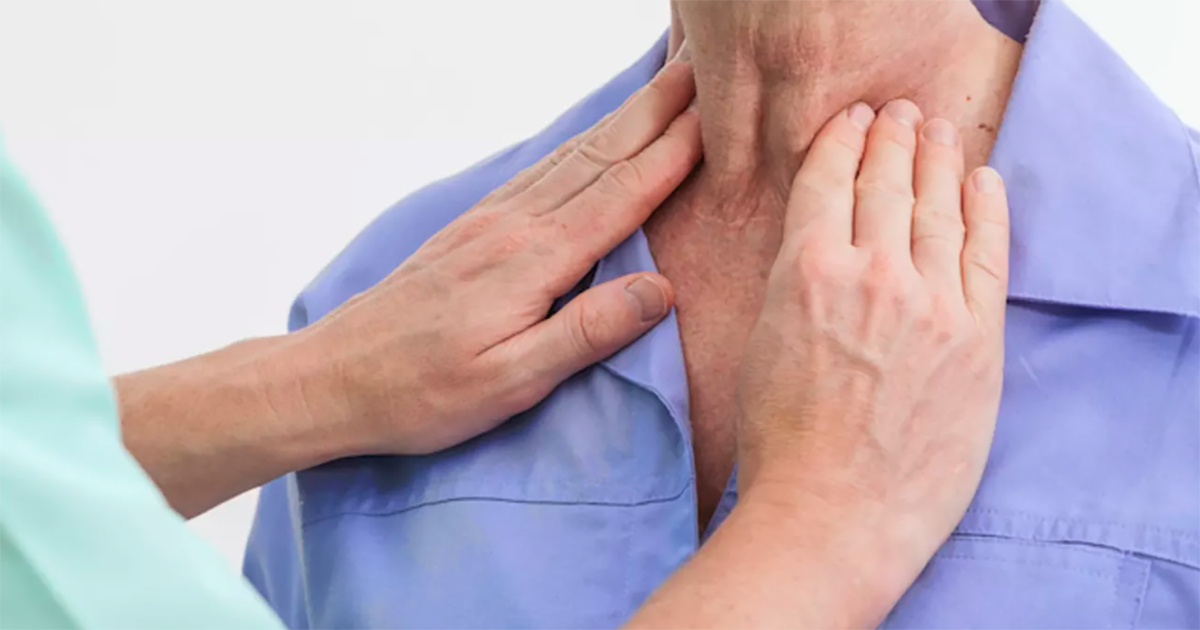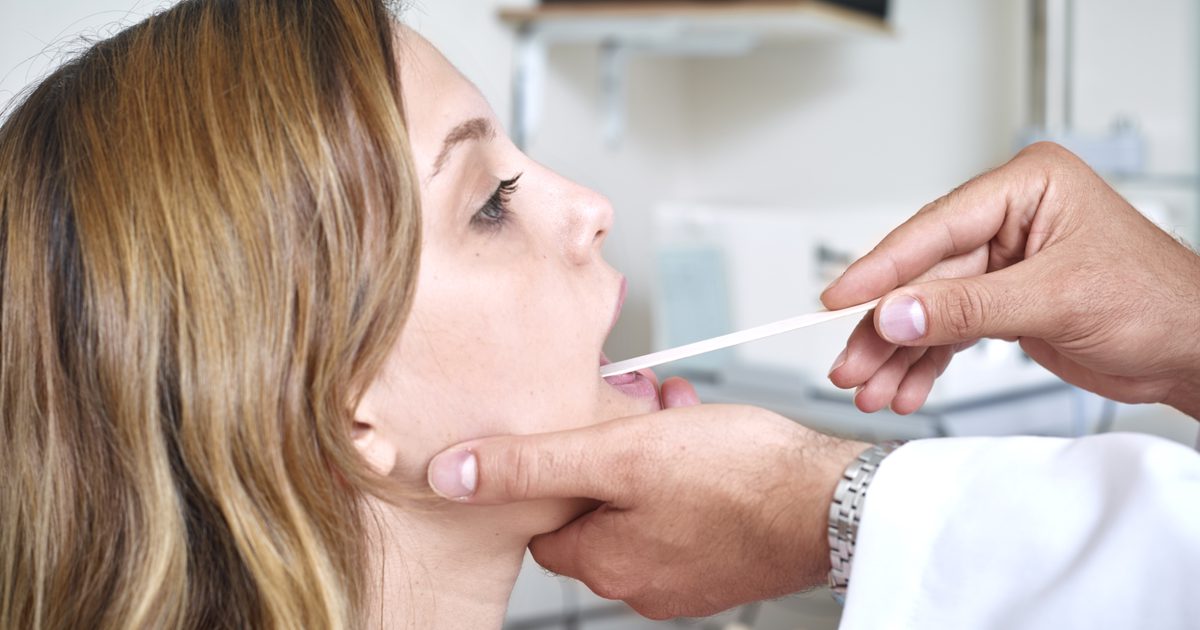17 Gastro Gaffes: When Ignoring GERD Gets Gravely Gutsy
An occasional bout of heartburn after a heavy meal might seem harmless—but when that burning sensation becomes a regular visitor, it could be a warning sign your gut is sounding the alarm. Gastroesophageal reflux disease (GERD) occurs when stomach acid routinely flows back into the esophagus, irritating its delicate lining and triggering symptoms far beyond simple discomfort. Left unchecked, GERD can lead to chronic inflammation, tissue damage, and even increase the risk of serious complications like ulcers, strictures, and esophageal cancer. The kicker? Many people ignore the signs until they become impossible to overlook. That’s why we’ve expanded our list to 17 Gastro Gaffes—revealing the overlooked, misunderstood, and downright dangerous consequences of untreated acid reflux. Your digestive system is more than just plumbing—it’s a vital part of your health. And when it speaks, it’s wise to listen.
1. Esophagitis

Individuals suffering from gastroesophageal reflux disease have to deal with things such as food, acid, and digestive fluids travel back into their esophagus. Over time, if actions are not taken to alleviate this, this can lead to an uncomfortable irritation and swelling in the esophagus known as esophagitis. When an individual's body has acid exposure in their esophagus for an extended period (even just a couple of weeks), they can develop inflammation in the lining, which can be incredibly uncomfortable and even painful. It can also allow the esophagus to become more prone to further detrimental erosion and scarring.
2. Esophageal Stricture

An individual affected by gastroesophageal reflux disease may develop an esophageal stricture when it is left untreated. A GERD patient experiences problems with the functionality of the flap of tissue referred to as the lower esophageal sphincter. The lower esophageal sphincter is responsible for keeping the contents of the stomach from moving back up into the esophagus. The esophageal lining does not have the same protective mucous layer the stomach tissues have, leaving these tissues more vulnerable to cellular damage when coming in contact with stomach acid. When the tissues of the esophagus become damaged, the patient's body repairs them with scar tissue, which is not as flexible as the tissue it is replacing in the esophagus and does not perform the same functions. This scar tissue can accumulate in the esophagus as more damage occurs over time. This buildup of scar tissue causes an esophageal stricture, a narrow spot in the patient's esophagus that causes problems with their ability to swallow.
